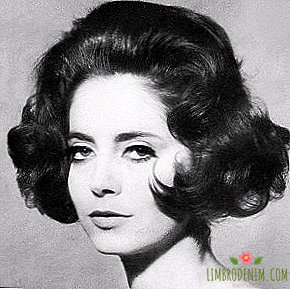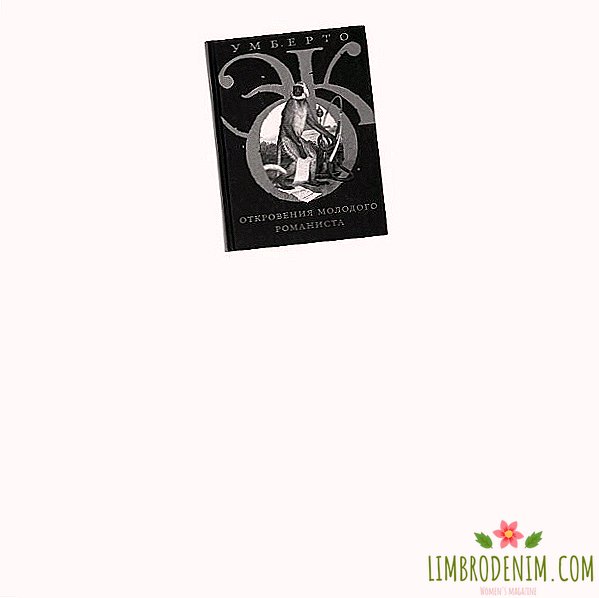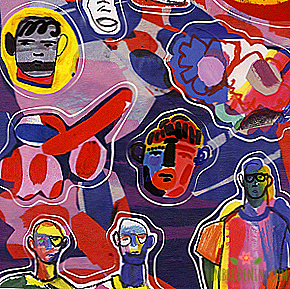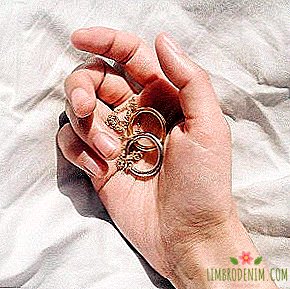"Mademoiselle wants to see you": How I worked with Coco Chanel
Profession model has always been surrounded by many mythsThis is especially true of the mid-twentieth century and the famous "cabins" of Parisian fashion designers - trusted fashion designers, sometimes becoming their close friends. In one of these "cabins" Chanel worked Anne-Marie Capber-Cuazza, who had the status of favorite Coco Chanel. The 76-year-old ex-model shared with Wonderzine memories of the 1960s model industry, working with Mademoiselle, enduring beauty and feminism.
The first steps
I have never had any interest in fashion - it all happened quite by accident. I was seventeen and I just graduated from school when I heard that the favorite of Christian Dior Lucy "Lucky" Dofar had opened the course for fashion models. With the permission of my mother, I decided to try myself as a model - it all started with this.
One day an unknown man came to our class - he began to watch all the girls, and in the end he called me. This monsieur was couturier Jean Dessé - he wanted me to present his July collection. So I got my first model job.
Coco Chanel
Like all fashion models, every week I went to a hairdresser. Once my master Alexander told me that I really liked his client Marie-Helen de Rothschild (to the wife of Baron Guy de Rothschild. - Appro. Ed.) - just at the time when favorite Gabrielle Chanel Marie-Helen Arnaud announced her retirement, and Marie-Helene de Rothschild noted that I could go to her place. "She has already talked to Coco Chanel - Mademoiselle wants to see you," he said. Marie-Helen de Rothschild was right: Marie-Helen Arnaud and I treated the same type of women, we even had the same size of clothes. Chanel was pleased - so I started working with her.
Coco Chanel had his own way of working. I never saw her with a pencil in my hands, she just chose the fabric and proceeded to work - right at us. She sewed models from the first time and only later made various changes to them. Sometimes one thing she could go up to fifteen meters of fabric. At work, Chanel loved to talk - she lit a cigarette and began to talk about her youth, her sister, first love, friends, first trip to the United States, the launch of Chanel No. 5 perfume, and much more.
Mademoiselle was so talkative! But she trusted us. At that time, couturiers had so-called booths - teams of models who worked with couturiers all year round. In the "cabins" of Chanel we were twelve. Chanel took great care of us - after work we often had dinner together at the Hotel Castille, next to the apartment of Chanel on Cambon Street. But the presentations were the most memorable in my work with Mademoiselle. It was nice to see Chanel watching the fruits of her work from the height of the famous mirrored staircase. (staircase in the workshop of Chanel on Cambon Street, one of the symbols of the fashion house Chanel. - Ed.). Unlike modern designers, she did not greet the public after the show and preferred to stand incognito at the very top of the steps - so that no one saw her.
Work model in the 60s
The most difficult thing was to stand up all day: in the morning we presented the collections in front of important clients, then Chanel got to work and in the evening we worked at photo shoots for fashion publications. After work, we often appeared in dresses from the latest collections: we went to clubs all over the “booths”, to parties to the Rothschilds and other important events - we served as a kind of advertisement for Chanel at home. Perhaps the most pleasant part of the work was the opportunity to be among the brightest people of that era. Mademoiselle Chanel's friends often visited us at the studio: journalist and founder of Elle Helen Lazareff, patron and friend of Jean Cocteau Francine Weisveller, Prévert brothers, director Luchino Visconti, actress Romy Schneider - and many, many others.
But most of all I remember Brigitte Bardot. Lazareff often mentioned her in conversations with Chanel and asked to sew a dress for her, but Mademoiselle was categorically against meeting her. She considered Bardo completely out of line with the spirit of her home. In the end, Lazareff managed to persuade her about the meeting - it seems to me that Chanel agreed only out of respect for her friend. When Bardo came to the studio, Chanel was just working on my dress. Mademoiselle quickly glanced at the actress and said: "Undress." What Bardo did was right before my eyes. Chanel, who had never stopped talking for a second, looked up — for the first time in her life, she was speechless. Bardo was amazing, and Chanel loved beautiful people. The result was a delicate, translucent black muslin dress. Alen Delon once produced a similar effect on her - for obvious reasons.
Lesson chanel
Working with Coco Chanel was a great life lesson for me. In her 78 years, she never uttered the phrase "I'm tired." Mademoiselle often repeated: “Listen, my dear, every morning I wake up and first of all stretch my hand over my ruddy. I put them on my cheekbones and a little on the tip of my nose. Then I get up, walk up to the mirror and say to myself:“ Darling, you just beautiful! "". She was a role model for me - an example of a woman who was passionate about her work and never had folded arms. Even today, I remember her words every morning.
"Manifesto 343 whores"
After Chanel, another, equally interesting road was waiting for me, but Mademoiselle and I always remained on good terms. I started working with Alexander, a hairdresser, who recommended me to Marie-Helen de Rothschild. He was delighted with my hair, they gave him a lot of room for creativity. At that time, Alexander worked closely with L'Oréal - the company invited him to work at events throughout Europe, and I traveled with him. One day he invited me to star in an advertisement for the cult varnish L'Oréal Elnett - so I became his face.
Then I went to New York, where I worked for a year at Eileen Ford, now Ford Models, and then returned to Paris. I was invited to work by Ted Lapidus, and I became the director of his boutique. It was interesting to try myself on the other side of the industry, and I liked working with Ted, but, unfortunately, at that time he had big problems with payment. Therefore, when representatives of the newspaper Le Nouvel Observateur contacted me, I accepted their job offer as commercial director - but this is a completely different story.
Nevertheless, I think it will be interesting to you that in 1971 I signed the Manifesto for the decriminalization of abortions, known as the Manifesto 343 Sluts (fr. Manifeste des 343 salopes), compiled by Simone de Beauvoir. Our open letter was published just in the Le Nouvel Observateur - Catherine Deneuve, Francoise Sagan, Jeanne Moreau, Marina Vlady, Agnes Varda and other eminent women signed it with me. Our manifesto was the impetus for the adoption of the famous "Law of Weil" in 1974 (The law on the legalization of abortion in France, sponsored by the Minister of Health and one of the most important feminist figures in France of the twentieth century, Simone Weil. This law was often called "the work of her whole life." - Ed.).
Karl Lagerfeld
I like what Karl Lagerfeld does today at Chanel: I think he manages to keep up with the times, without changing the style of the house. Koko herself didn’t really like male couturiers - she believed that gays didn’t like women. The only fashion designer who admired her was Cristobal Balenciaga. I think she would love what Lagerfeld does.
beauty
Under any circumstances, it is important to always be yourself. It seems to me that today women try too much and lose their individuality in pursuit of perfection. I have nothing against aesthetic surgery, but it is still important to maintain naturalness. For me, youth is more important than intellectual than external. Energy, dynamism - these qualities have no shelf life.





